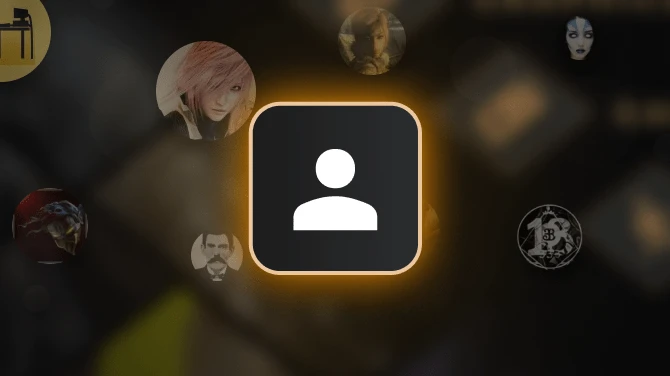About this video
More about The Gallowglass:
The notorious Norse-Gael soldiers of fortune dominated the mercenary ranks of feudal Ireland for nearly four centuries.
Descendants of Viking settlers and native Gaels, they arose to become dependable and mighty warriors, relying on the military prowess of their Norse ancestors to become a dominant fighting force in the British and Irish Isles.
The lives of its Gaelic natives were faced with sudden change - as Norse immigrants became increasingly present on their shores. For the large part, these Norsemen didn’t come peacefully. But nonetheless, the Vikings became influential in all of the British Isles and Ireland from the 8th century.
With the establishment of the Danelaw, their influence and superiority became evident, and their threat was undeniable. In Scotland, the Norsemen had a strong foothold. In the 9th century they established the Kingdom of the Isles. To them, it was known as the Suðreyjar, or “Southern Islands”, a term that helped them distinguish them from the “Northern Islands” - Shetland and Orkney Islands, which they also ruled.
This Kingdom of the Isles consisted of the Hebrides, the islands of the Firth of Clyde, and the Isle of Man. The Norsemen dominated the Irish Sea and the coastlines of both Ireland and Scotland. Throughout the history of this kingdom, which lasted up until the 13th century, the Norsemen were in conflict with the Kingdom of Dublin - that was also established by Norsemen. This always warranted intervention from the Norse Earls of Orkney.
But in these power struggles between the Norsemen, the Gaelic natives of both Ireland and Scotland were the ones who suffered. They were the poor and oppressed, and the Norsemen often raided the interior capturing slaves. Gaelic slaves were considered as thralls, and had little to no rights. But as the time progressed, and to the logical minority of the Norsemen, inter-marrying soon occurred, and the Norsemen were quick to assimilate into their host nation.
After a few generations, a new distinct group of people emerged - the so-called Norse-Gaels. These were the people of mixed Norse and Gaelic ancestry, the descendants of the Vikings that mixed with the Gaels and adopted their language and culture. In the centuries that followed, they became even further assimilated and disappeared as a distinct group, instead becoming fully Gaelic.
But before that happened, they emerged with a unique warrior identity, and became known in Irish as Gall-Goídil, and in Scottish as Gall-Ghàidheil, both terms meaning “foreigner Gaels.” This tells us that even then it was easy to distinguish native Gaelic speakers from those with a foreign ancestry - aka Norse origins. But over time they rose to power, and established several powerful purely Norse-Gaelic clans in the Scottish Highlands - many of which exist to this day.









0 comments